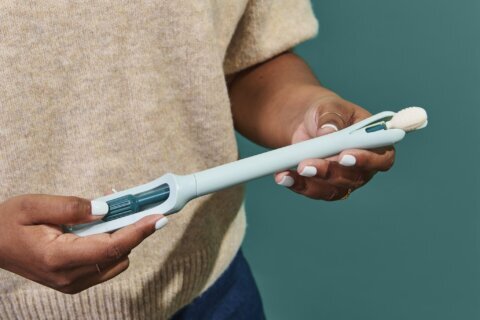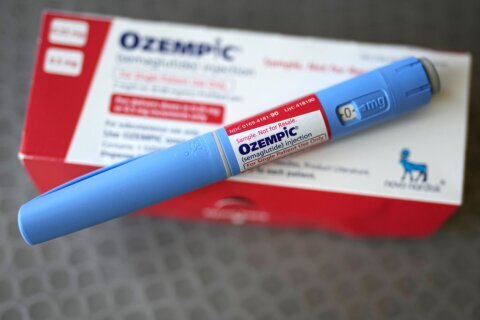It can be a challenge to detect breast cancer very early if it is developing in especially dense breast tissue, but advanced screening options in use at a D.C. hospital can help.
“One thing we can offer is 3D ultrasound,” said Dr. Christine Teal, director of the Comprehensive Breast Cancer Program at The George Washington University Cancer Center and chief of breast surgery at The George Washington University Hospital. “It doesn’t take long, with experienced radiologists they are easy to read and there’s no radiation exposure.”
The 3D ultrasound had previously been in use for other medical specialties but GW pioneered the research for its use specifically in women who have dense breast tissue.
Radiologists are now required to give patients information about their breast density that is rated on a scale of one to four. Three and four are considered very dense.
Cancers can be missed on mammography in women with very dense breasts.
Another tool for detecting early cancers in dense breasts is Breast-Specific Gamma Imaging (BSGI), which is only in use locally at GW’s Breast Cancer Program.
BSGI is also helpful when mammograms are hard to interpret because of a previous breast surgery.
It works with a low-dose radioactive compound that is used as a tracer.
“It’s a radioisotope that was previously used for heart scans, and (then) they learned that cancers would show up as hot spots in the breast tissue,” Teal said.
The method is helpful for people who cannot or should not have MRIs, such as people who have extreme claustrophobia, cannot fit in the machine or patients who have kidney disease.








